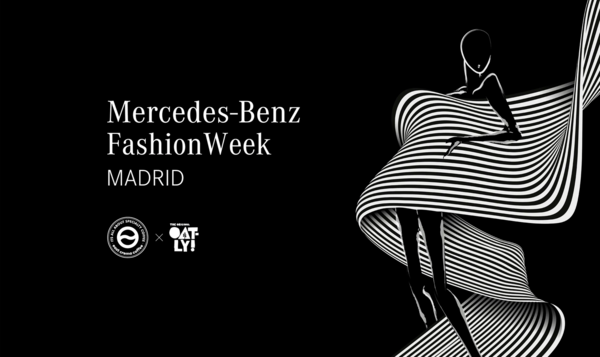
Jewelry Design - Fall Semester
ENG
Language
English
Start date
October 2025
Frequency
Full time
Fruition
On campus
Duration
5 Months
Course Coordination
Giulia Savino
Price
8.100 €
The Jewelry Design semester program gives you the possibility to get steps forward into the jewelry design field, allowing you to you acquire the skills in order to comprehend the profession of designing and creating jewelry objects.
Jewelry is more than craftsmanship, it’s an art that requires the ability to translate an intangible idea into a concrete object. Jewels are more than wearing ornaments, they are ‘documents’ that reflect the historical and cultural context as well as the technology of the time in which they were made.
The educational path is sketch out so to help you to understand and acquire a working knowledge of jewelry artistry, from cultural notions related to history of jewelry and the jewelry manufacturing techniques, up to the methodology and the designing of jewels.
Lessons run from Monday to Friday morning and/or afternoon.
Information to decide
The course is fully integrated with the first semester of the Three-year course in Jewelry Design, except for the Design Methods and jewelry design classes, which are dedicated exclusively to the semester students.
Throughout the semester, lectures are alternated with laboratory activities, which provide you with the technical, cultural and basic design tools, necessary to manage your creativity and identity.
The very initial step will be an introduction to the history of art, with the most important artistic movements, and their leading personalities, as well as of the jewel evolution. Furthermore you will learn to use the traditional drafting techniques necessary to illustrate shapes, forms, and textures of jewelry works. Finally you acquire the correct design methodology ( tools, techniques, and materials ) to design and realize prototypes in the jewelry lab.
Through the course you will also learn to interpret the main changes in the history of art and fashion, putting them in relation with the constant development of jewelry and body accessories.
This course is designed for secondary school graduates wishing to learn the fundamentals of jewelry design or university students and professionals from other fields, looking for a career change. Apart from an intermediate level of English and the high-school diploma, there are no other prerequisites to enter the course.
Syllabus
Hystory of Contemporary Art
The course investigates the most important artistic movements and their leading personalities in the modern age up to the beginning of the XX century. Analysis of the art codes in order to understand
the phenomenon that narrates cultural, social and aesthetic evolutions, where the jewel belongs to.
The goal is to build the basis to develop proper critical design competences to comprehend and contextualize the world of minor arts where the jewel belongs to.
Design Methods
The course provides the basics of design methodology. After a first phase of exercises and experimentation, the course leads you through the development of a personal project, analysing all the fundamental steps: from the concept to its articulation, approaching the proper tools of technical and creative representation.
Drafting
Through this course you acquire the basis of free hand drawing techniques. The course trains you to define the structure and the specific techniques of a product, through orthogonal views. The fine jewellery gouache tecnique used allows you to realise artistic renderings.
History of Design
This course examine the jewel evolution, from the ancient times to the 19th century, analysing styles and techniques. The main goal is to show the complexity of the sector by defining its roots and putting the jewel in relation to the social, artistic and cultural context.
Model Building
Through this course you acquire the theoretical and practical knowledge needed to build finished jewels. You learn to realize the main types of jewelry: ring, earring, brooch and necklace with the easiest mechanisms of clasp and link.
Graphic Design
You learn to present a project to a potential client. The use of Photoshop, Illustrator and InDesign allows you to acquire IT literacy for expressing your ideas. Digital tools are put in relation with visual perception, in order to teach how to maximise the impact of a concept, managing 2D images and a fast rendering of models.
Jewelry Design
This is the first design project managed independently by students. During the course they put into practice theoretical skills as well as the project methodology they acquired, paying a special attention to the technical sketch, the choice of materials and the final realisation.
Perception Theory and the Psychology of Form
This course explores sensory perceptions and cognitive processes and explains how our senses function is related to those functions with theory of colour, perception and psychology of form. Students focus on practical and sensorial feature of experience and on communicating emotions through a jewel. The main goal is to create awareness of basic perception tools to design jewels as multisensorial experiences.
Goldsmith Lab Workshop
The course aims to provide basic information for access to the goldsmith’s laboratory. Starting from the safety rules of use of the space, students will then analyse the equipment and the methods of preparation of alloy, slabs and silver wires.



















